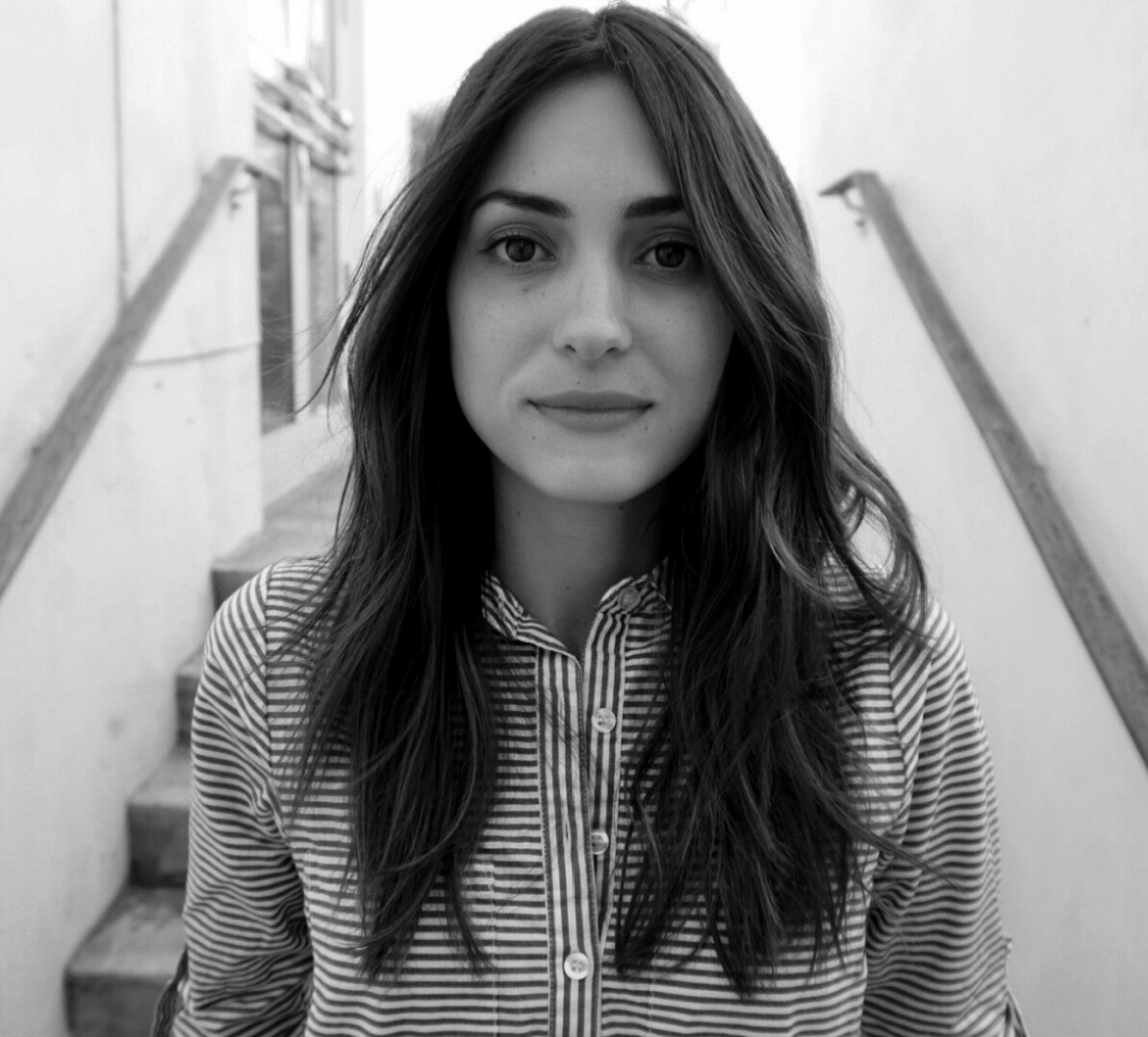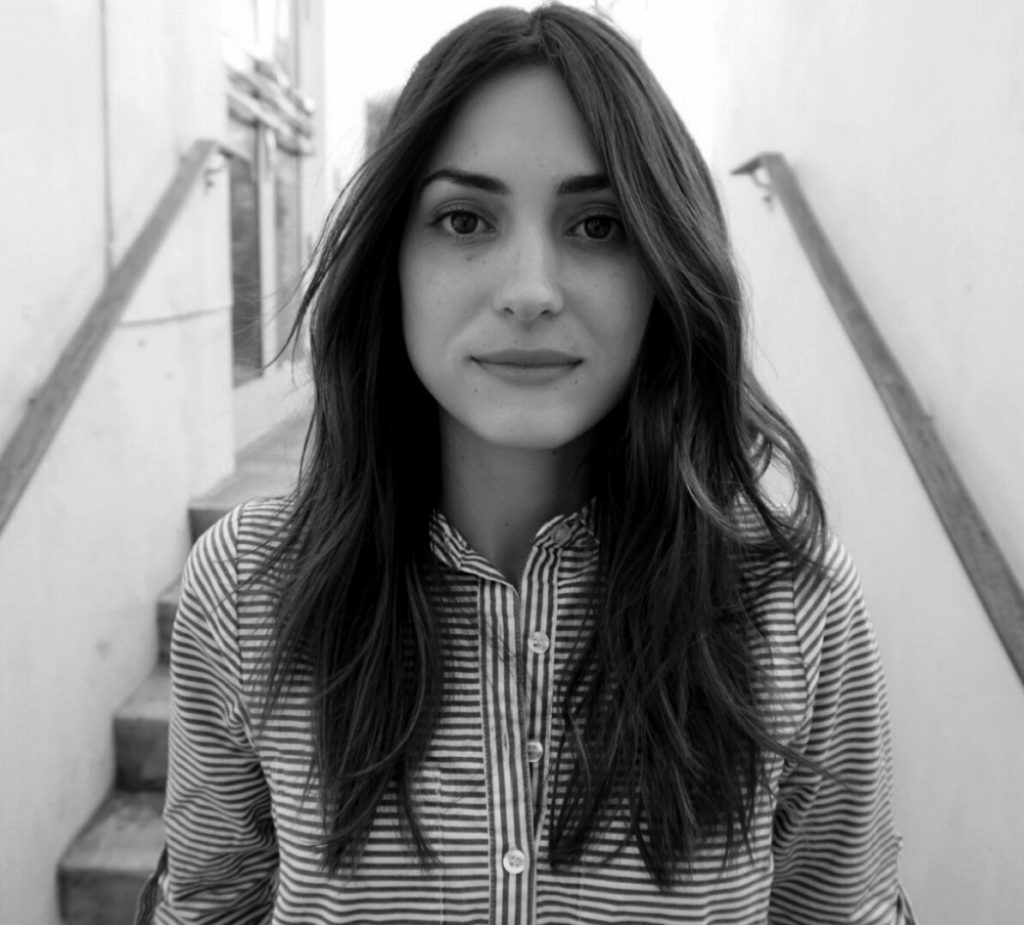Adislen Reyes attended San Alejandro Academy of Fine Arts until 2005 and finished her studies at the Higher Institute of Art in 2010. She has taken part in the following workshops: Artist’s Book, with Steve C. Daiber in San Alejandro (2011); Lithography, in San Alejandro (2003); Collography, with Janet Brossard and Norberto Marrero; The Multiple Trace, at ISA (2002), and Collagraphy, with José Contino, in San Alejandro (2001). She is currently a professor at San Alejandro Academy. She lives and works in Havana.
– Virginia Alberdi about Adislen Reyes –
‘Adislen has said about herself: “My work starts from a hedonistic view of the world and art, hence the careful formal details and the fact that I highlight beauty above the other elements. However, my work is permeated by subtleties, that indirectly exposes other concepts, often using as a tool, the relationship of opposites. I relish different clichés, and through their saturation try to achieve a more cynical vision of reality. Emptiness, superficiality, lack of definition, decoration, and craftsmanship are some of the elements that appear repeatedly in my work.”
We must believe her, but not stop at this confession. In the face of her work, let us separate the dialectics between formalism and conceptual questioning, between clichés and originality, between hedonism and intellectual intensity. One observes in her painting the pretension of masking behind a soft-toned and apparently aseptic patina – in truth, seasoned with elements that habit has classified as decorative themes – fables about the human adventure.
The tiny figure, that mischievous girl who almost always appears in her compositions, is a pretext for a permanent confrontation with the narrative environment in which she moves, with ambiguous but consistent references to the loss of innocence, the fragility of existence, forbidden sexuality, disappearing dreams, and sentimental helplessness.
Everything is decided on the basis of scenarios arranged for representation, which are not offered to the eye as finished proposals but as deliberately muted insinuations. In this operation, which denotes sensible intelligence and mental planning, lies the originality of Adislen’s work.
As I examine her paintings carefully and joyfully, I find a contrasting analogy between Adislen’s work and the passion that moved Lewis Carroll to invent Alice in Wonderland. The English mathematician and writer, according to André Breton, saw himself trapped “between the acceptance of faith and the exercise of reason, on one side, and between a sharp poetic conscience and the rigorous professional duties, on the other.” With her painting, the young Cuban artist tries to go beyond an illusory perception that leads to complacency (the drowsiness, one could say, of Carroll’s faith) and induce us to explore, in a poetic state, consciously or unconsciously, on which the observer and not the painter must pronounce.
In this regard I share the opinion of Josuhe H. Pagliery, who warned about Adislen: “The use of a child’s imagery, more related to the world of illustration or graphics, solidifies the certainty that the world she shows us does not result from gratuitousness or the mere aesthetic whim; it was consciously selected to consolidate in the spectator a pressing sensation psychologically close to expectation. And it is precisely that visual stillness that makes us glimpse such a feeling, the unfinished drama of such micro situations that do not end or even occur at all.” Each one of the pieces now exhibited by Adislen has been touched by the sprite of a calculatedly insidious lightness that invites us to tread a minefield of poetic grace. ‘


